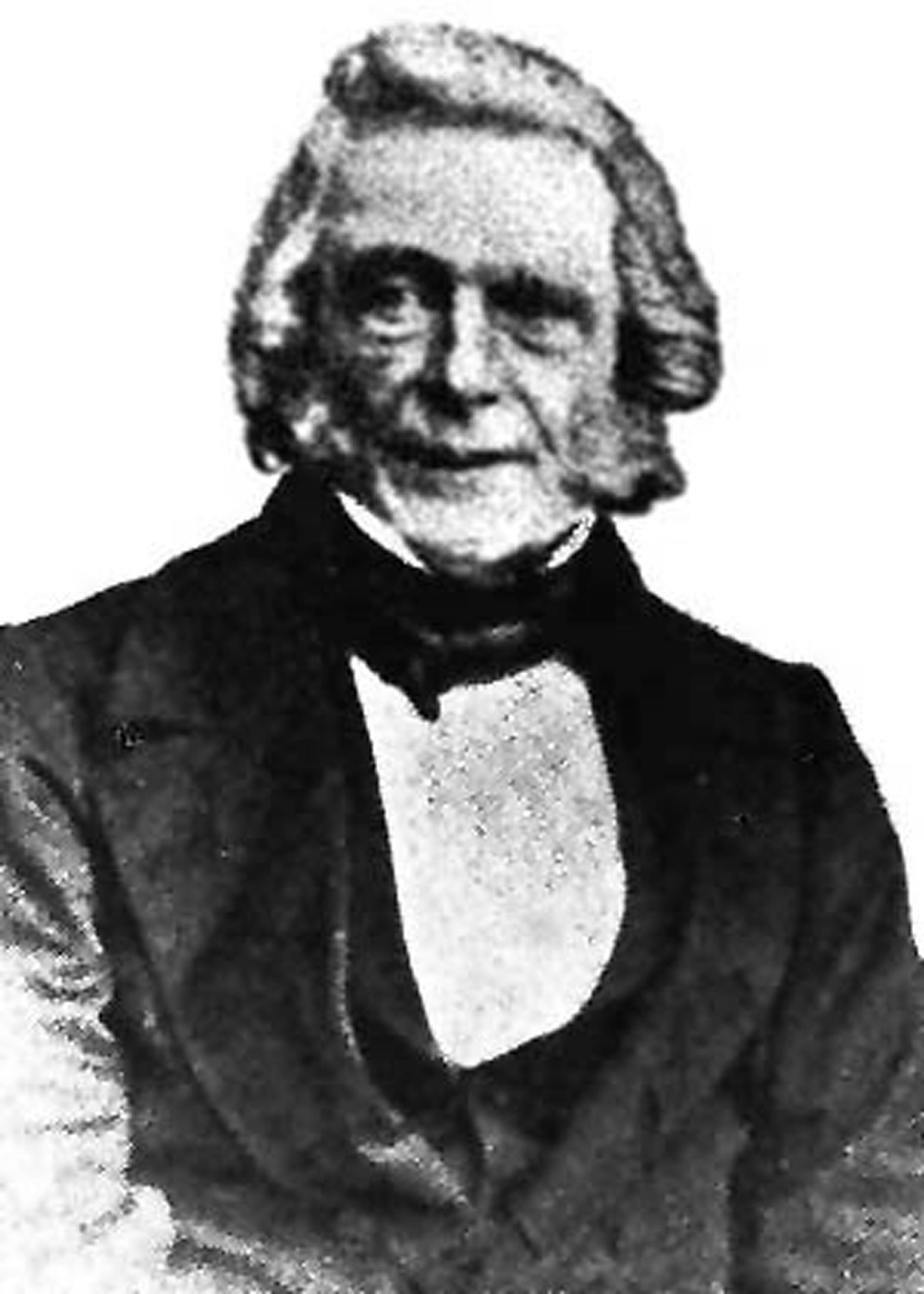CHARLES DARWIN may have “stolen” his theory of evolution from a little-known Perthshire farmer, according to top academic.
In 1859 Darwin published On the Origin of Species – dramatically changing humanity’s understanding of our biological past and securing a place for himself as one of the best-known scientists of all time.
But in 1831 a Perthshire farmer, orchard owner and botanist by the name of Patrick Matthew published a book titled “On Naval Timber and Arboriculture”.
It is widely accepted that the obscure publication contains a passage recogniseable as a theory of “natural selection” – 28 years before Darwin released his own work.
At the time Darwin claimed he had never read – or even heard of – Mathew’s theories prior to writing his own book.
But a top academic claims he has “brand new and independently verifiable evidence” that proves Darwin and Alfred Russel Wallace – with whom he jointly published the theory of evolution – “lied by pretending they had no prior knowledge” of the Scot’s farmer’s work.

And now Dr Mike Sutton – of Nottingham Trent University – will tell a conference at the Hutton Institute in Invergowrie, outside Dundee, on Thursday about the “great injustice” done by ignoring Matthew.
He said: “My basic argument for Matthew being more important than Darwin or Wallace is that not only was he proven first to discover and publish the full theory of natural selection, his work in fact was read by other naturalists – moreover naturalists known to Darwin and Wallace who influenced and facilitated their work and that of their influencers.
“In my lecture I will bring brand new and independently verifiable evidence which proves that instead of the 155-year-old and currently accepted story that Matthew’s ideas went unread before he brought them to Darwin’s attention in 1860, his 1831 book was read by at least 25 people because, it is newly discovered, they cited it in published literature.
“Seven of the 25 were naturalists, four of whom were well known to Darwin and Wallace and three of those four played major roles influencing and facilitating the work of Darwin and Wallace.”
According to Sutton this is evidence that the work of Darwin and Wallace is “more-likely-than-not” influenced by the work of Matthew – undermining their status as supreme scientific pioneers.
He explained: “In sum, Darwin may have found many confirmatory examples to confirm Matthew’s prior published original hypothesis of “the process of natural selection”, but no amount of confirmatory evidence gathering can ever transmute a prior published original idea into your own.”
Speaking of his research, he said: “I’m not doing this to peddle conspiracy theories, but Scots should weigh up the independently verifiable facts, versus the old un-evidenced stories about Matthew and Darwin for themselves.
“Newly discovered facts prove the Scots have got a new, neglected, science hero, and it shouldn’t be up to me to hammer this message home. I’m an Englishman after all.”
Matthews’ descendants have now said that they would like to see their ancestor honoured on a £10 note – just as Darwin has been.
Fiona Ross, chair of The Carse of Gowrie Sustainability Group, which has organised the lecture, said: “We would like him to be on the back of the Scottish ten pound note, because we believe he is a very great Scot who did very great things in his lifetime.
“Dr Sutton has been working with the descendant of Patrick Matthew – some of whom are in Germany and some of whom are in New Zealand.
“The descendants are very interested”, she explained, because according to Dr Sutton, “The English may have got the wrong guy” when they put Darwin on the note in 2000.
Patrick Matthew was born in 1790 on Scone Palace Estate, just outside Perth.
He was educated at Edinburgh University, before taking over management of the family farm and estate in Gourdiehill, near Grange in Perthshire.
He successfully transformed much of the estate into sprawling orchards – growing fruit and providing timber for the Royal Navy of the time – and it was this work which heavily informed his theories as outlined in “On Naval Timber and Arboriculture”.
In the book he noted that felling the highest quality trees diminished the general quality of timber across his lands – whilst culling low quality trees improved the overall stock.
In the book’s appendix he discussed this practice of artificial selection – and expanded on it to discuss a theory now recognisable as natural selection.

